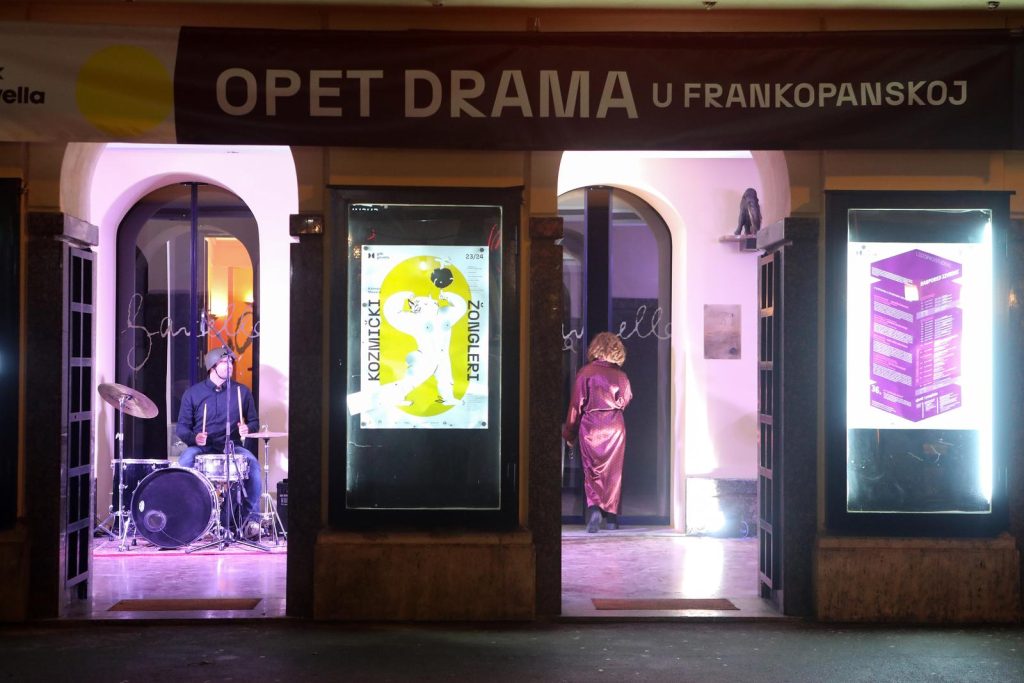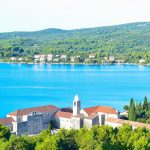January the 10th, 2024 – When it comes to the theatre scene in the capital, everyone fawns over the Croatian National Theatre (HNK), and we don’t blame them, but it isn’t the only one in the city. Here are five interesting Zagreb theatres that might live in HNK’s shadow, but are certainly no less worth visiting.
Zagreb’s Puppet Theatre
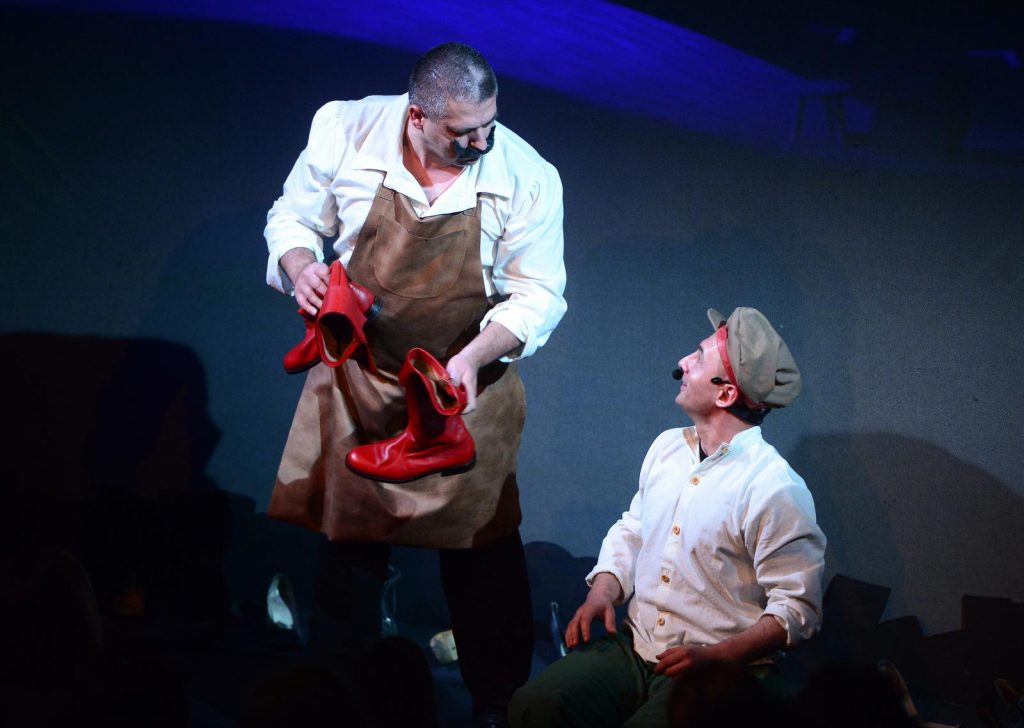
It isn’t located inside some grand old building like HNK might be, but if you’ve got young kids in tow – Zagreb’s charming little puppet theatre is a must visit when here in the Croatian capital. It’s the oldest professional puppet theatre in the country, founded back in 1948 and intended primarily for the youngest theatre lovers among us. Having put on performances abroad and done a praiseworthy amount of charity work, this is one of the most heartwarming Zagreb theatres.
Located on Barun Trenk 2, not far from the main train station (glavni kolodvor) in the city’s Lower Town (Donji grad), it’s as close to the hustle and bustle of downtown Zagreb as HNK is. Since 1948, Zagreb’s Puppet Theatre has put on 300 plays, including timeless classics and reworks of the celebrated Croatian author Ivana Brlić-Mažuranić‘s much loved stories.
Of all Zagreb theatres, this one is among the most underrated and is ideal for families with young children who want an escape into the world of fairy tales.
Mala Scena
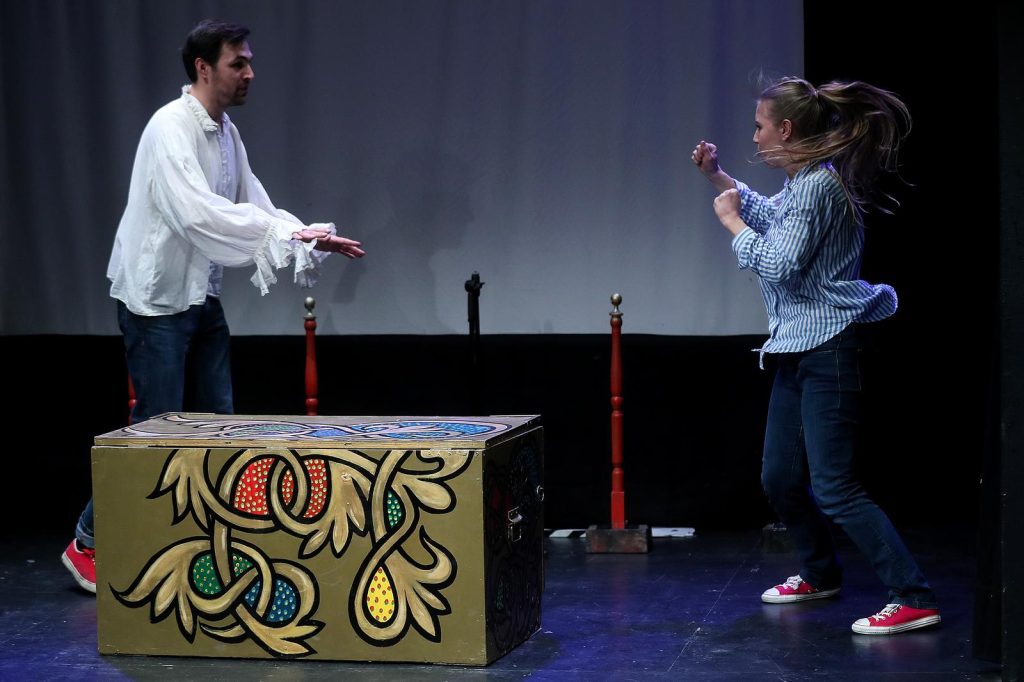
Another of the Zagreb theatres intended for the youngest among us is Mala Scena, which can be found at Medveščak 2. Widely known as the nation’s leading children’s theatre, it was officially opened back in 1989 and hasn’t been immune to setbacks including multiple bankruptcies and the global pandemic. Despite difficulties, be they financial or related to global public health crises, Mala Scena has always ridden the storm.
The oldest private theatre for children and younger audiences in the country, it adapted quickly back during the pandemic and made its shows virtual for all to enjoy despite restrictions on gatherings and the closing down of such facilities. Now putting on around 500 plays annually and enjoying the loyalty of more than 65,000 spectators, Mala Scena’s international reputation is also worth a mention, having had performances not only in Croatian, but in other languages from English to Chinese, and taken to stages including that of the Sydney Opera House.
Mala Scena has been heavily awarded, even by President Dr. Franjo Tudjman back in 1996. It was also awarded the City of Zagreb Plaque much later in 2009. In addition to those noteworthy accolades, it has “taken home” an incredibly impressive 95 awards.
Komedija
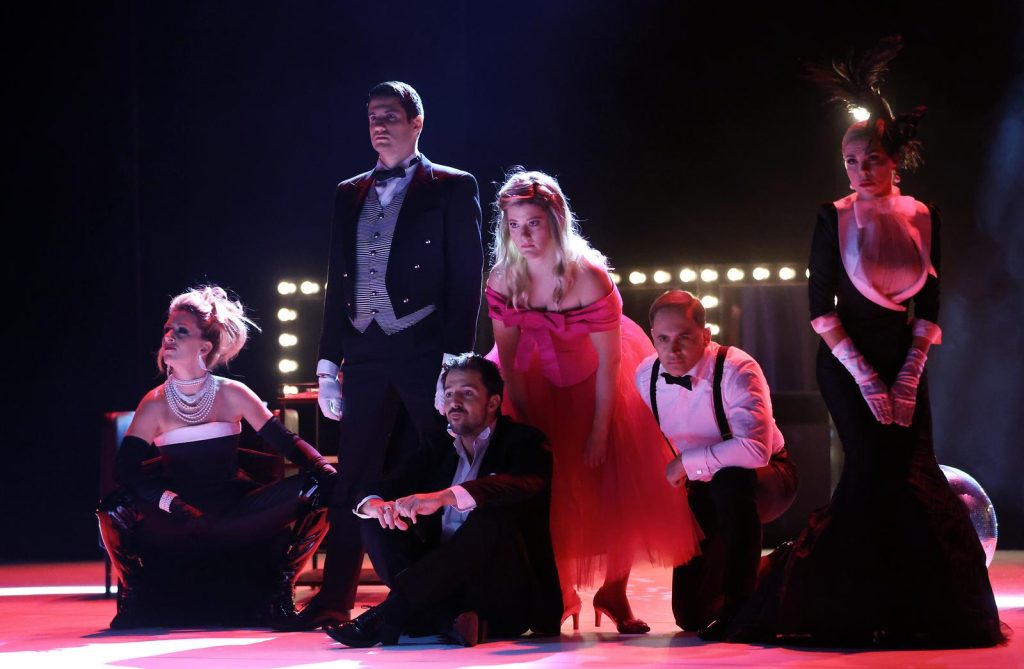
Specialising in putting on musicals, this Zagreb theatre first opened its doors back in November 1950. Located at Kaptol 9, this theatre isn’t far from the main square (Trg Bana Josipa Jelacica), as well as historic and cultural attractions such as the famous Zagreb Cathedral, Dolac market and many restaurants, bars, cafes and museums.
It was the location of the performance of the very first Croatian rock-opera Gubec-beg, and the 1971 musical Jalta, which enjoyed enormous levels of popularity. As stated, musical performances are Komedija’s “thing”, being home to operettas and comic operas since 1950; musicals since 1960; rock and pop operas since 1975. There are also showings of dramatic performances to be enjoyed here, as in addition to dramatic actors and actor-singers, this theatre’s ensemble consists of singers, a choir, a ballet and an orchestra. There are also theatre workshops to engage in.
Since November 1950’s first show, more than 300 titles have been shown here, with the theatre’s array of projects and employees being the winners of prestigious awards and accolades.
Gavella
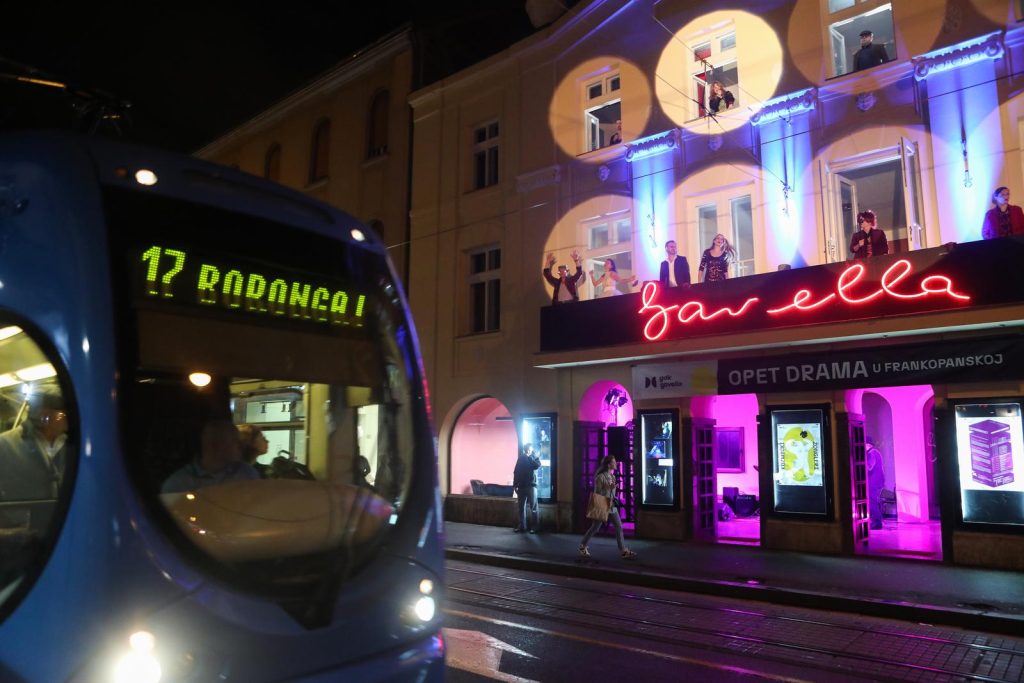
While not quite at HNK’s level, Gavella is among the most popular of the Zagreb theatres, particularly among the local population. It does share some history with HNK, however, as back in May 1953, a group of young actors and directors, most of whom were “rebels” from the national theatre, started the ball rolling. The group, headed by Dr. Branko Gavella, took over the building at Frankopanska 10 and initially founded the Zagreb Drama Theatre.
Officially opened at the end of October 1954, Gavella is named after Dr. Branko Gavella and is still located at the aforementioned address. It never fails in attracting crowds of loyal theatre goers.
Zagreb’s Youth Theatre (ZKM)
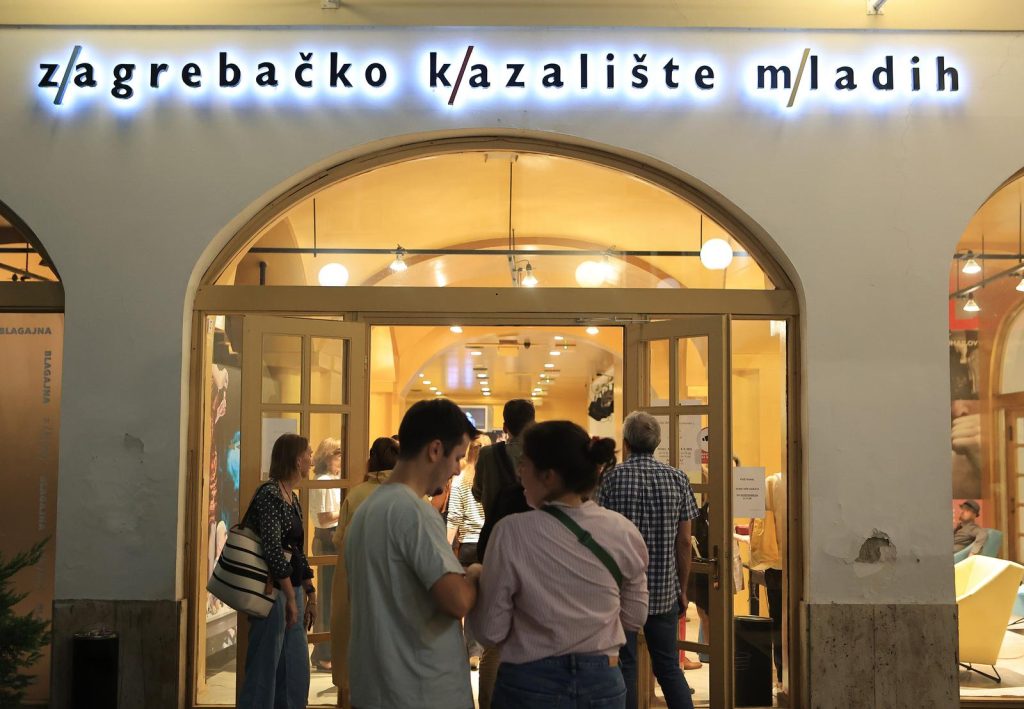
Zagreb theatres have a long history of attracting not only young audiences and instilling in them a love of theatre, but of nurturing the talent of young actors and performers. Known locally as ZKM, the Zagreb Youth Theatre is another establishment founded in the late 40s – March 1948 to be more precise. Respected both inside and outside of the Republic of Croatia, ZKM is perfect for theatre goers of all ages, with performances intended not only for younger viewers possible to enjoy here.
ZKM can be found at Teslina 7 and is known for its contemporary approach the theatre and for its school for children. As stated above, Zagreb theatres are very nurturing of artistic and dramatic talent, and ZKM is no different. Its school always sought to develop the natural skill and potential of children back when it was called Pioneer Theatre, which it went by until 1967.
Known and held in high regard both in and outside of Croatian borders, ZKM is considered the cradle of Croatian contemporary theatre in several circles. Widely deemed to be among the most important so-called experimental Zagreb theatres, it is known for supporting critical thinking and new theatre practices.

